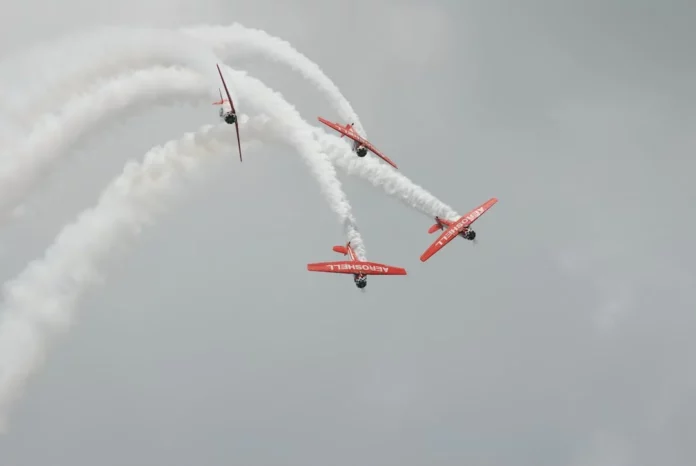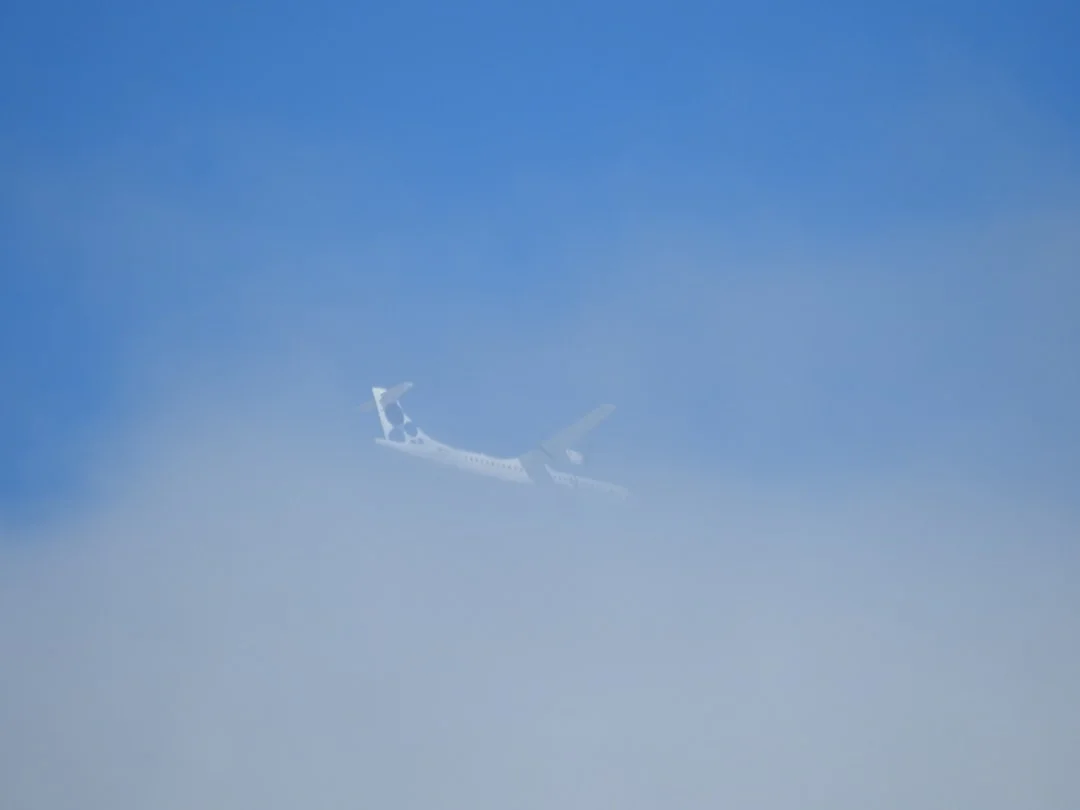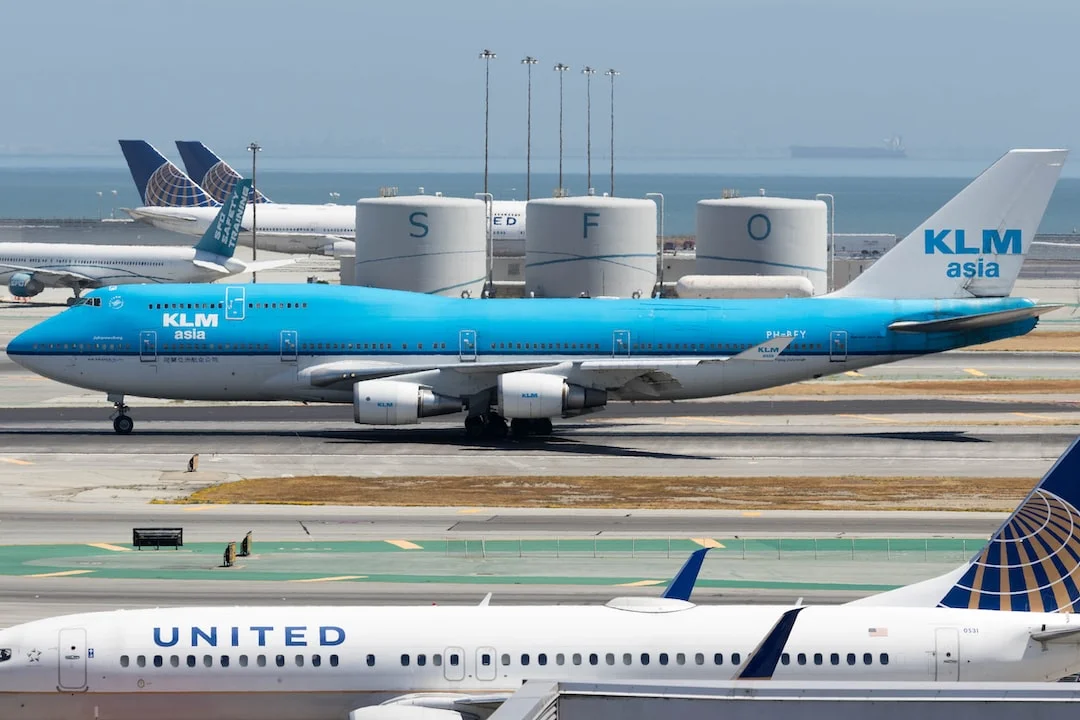The Estimated Position Error (EPE) is a crucial parameter in aviation that refers to the accuracy of an aircraft’s position estimate. In the context of the Airbus A320, the EPE provides an estimation of the potential error in determining the aircraft’s position during flight. This error can arise from various factors, including navigation system limitations, satellite signal interference, atmospheric conditions, and other environmental variables. Understanding and managing the EPE is essential for ensuring safe and efficient aircraft operations.
Contents
Factors Affecting Estimated Position Error
There are several factors that contribute to the Estimated Position Error on the Airbus A320:
The advanced navigation system on the Airbus A320, known as the Flight Management and Guidance System (FMGS), relies on various sensors and data sources to determine the aircraft’s position accurately. However, these systems are not flawless and can experience limitations that affect the EPE. For instance, errors can occur due to the accuracy of the Inertial Reference System (IRS) or the Global Positioning System (GPS) signals. The FMGS combines all available data to determine the most accurate position estimate, but the errors in individual components can still contribute to the overall EPE.
2. Satellite Signal Interference
The Airbus A320, like many modern aircraft, relies on satellite-based navigation systems such as the GPS for accurate position determination. However, these satellite signals can be susceptible to interference from various sources, including atmospheric conditions and physical obstructions. Signal interference can introduce errors in the position estimate, leading to an increased EPE. Pilots and ground-based navigation systems need to be aware of these potential sources of interference and take them into account when interpreting the aircraft’s position.
3. Atmospheric Conditions and Environmental Variables
Atmospheric conditions and other environmental variables can also impact the EPE on the Airbus A320. For example, variations in temperature, humidity, and barometric pressure can affect the accuracy of altimeter readings, which are a crucial component in determining the aircraft’s position. Additionally, factors such as wind speed and direction can introduce uncertainties in the aircraft’s flight path, which in turn contribute to the EPE. Pilots and flight planners must consider these environmental factors and their potential effects on the position estimate to ensure accurate navigation.
Managing Estimated Position Error on the Airbus A320
To mitigate the effects of the Estimated Position Error and ensure accurate navigation on the Airbus A320, several measures are employed:
The Airbus A320 is equipped with redundant navigation systems to enhance accuracy and reliability. This redundancy allows the aircraft to cross-check and validate position information from multiple sources, reducing the impact of individual system errors on the overall EPE. For example, the FMGS combines data from the IRS, GPS, and other sensors to generate the most accurate position estimate. Furthermore, the aircraft’s autoland capability relies on highly precise radio altimeters, which add an extra layer of redundancy in determining the aircraft’s height above the ground.
2. Continuous Monitoring and Upgrades
Airlines and aircraft operators continually monitor and upgrade their navigation systems to minimize the EPE. This includes regularly updating navigation databases, ensuring the latest versions of software and firmware are installed, and conducting periodic system checks. By staying up-to-date with technological advancements and maintenance procedures, operators can enhance the accuracy and reliability of the position estimate on the Airbus A320.
3. Pilot Training and Awareness
Pilot training plays a vital role in managing the EPE on the Airbus A320. Pilots undergo comprehensive training on navigation systems, procedures, and the interpretation of position information. They are familiarized with potential sources of error and learn to identify and mitigate them during flight operations. This training equips pilots with the knowledge and skills necessary to make accurate position assessments, ensuring safe and efficient navigation.
In conclusion, the Estimated Position Error (EPE) is a critical parameter in aviation, including the Airbus A320. Understanding the factors that contribute to the EPE and implementing effective management strategies is crucial for ensuring accurate and reliable navigation. By employing redundant navigation systems, continuously monitoring and upgrading equipment, and providing comprehensive pilot training, operators can minimize the impact of the EPE and maintain the highest levels of safety and efficiency in Airbus A320 operations.




